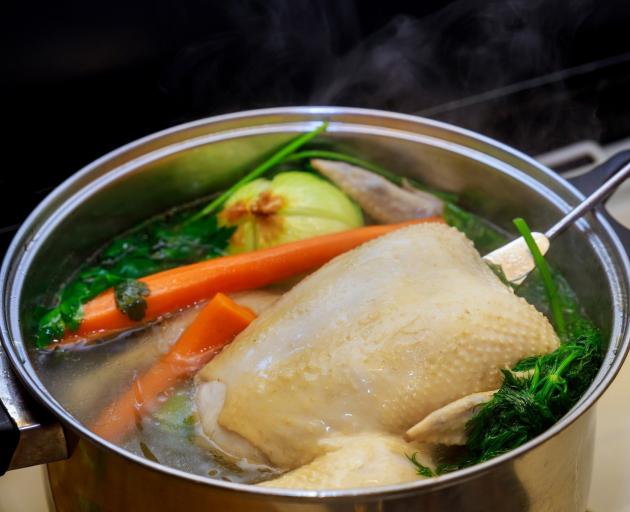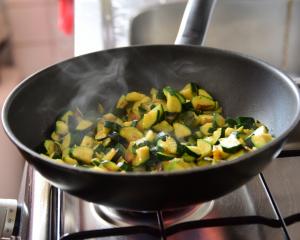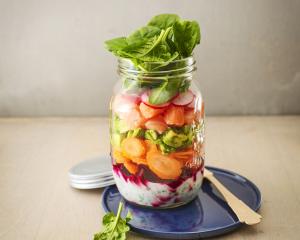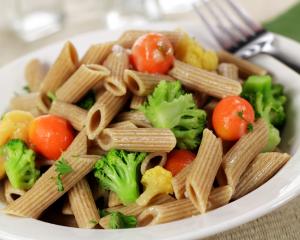
The same applies to our genes and our epigenetic programming.
When we take the time to nourish ourselves, not only do we benefit from improved health, normalisation of fat distribution and remission of chronic disease, but our children benefit as well as this information is passed on through our genes.
Eating collagen-rich cuts of meat such as shanks with the tendons or using bone broths in soups, stews and sauces floods the blood stream with glycosaminoglycans, which go directly to the parts of the body that need collagen most.
These extraordinary molecules attract large amounts of water, up to 1000-times their own weight which coat joint tissues in tiny, electrically charged clouds, transforming ordinary water molecules into a protective layer of super-lubricating fluid.
Glycosaminoglycans will naturally adhere to collagen anywhere in your body, moistening dry skin, helping tendons and ligaments stay supple, and generally making you look and feel younger.
Eating homemade bone stock in childhood has fantastic joint-strengthening and collagen-fortifying effects that can last a lifetime. Those who still eat a traditional cuisine with meat stocks and rich bone broths on a regular basis tend to enjoy all the hallmarks of well-built bones and connective tissue, no matter their age; skin is smoother, with tighter pores and smaller hair follicle openings, reflecting greater tensile strength.
Even if you didn’t get traditional soups as a child, regular infusions of stock convey bone-strengthening benefits throughout your life.
When we have injuries to joint cartilage, the cells that build cartilage, called chondrocytes, have a tendency to undergo apoptosis (programmed cell death). Over time, with repeated injuries, the collagen layer thins and weakens, which usually leads to arthritis.
Fortunately, there is something that will curb the chondrocytes from undergoing apoptosis - bone broth. You can add broth to almost any recipe instead of water: from braising vegetables to vegetables purees, soups and hot drinks. Bone broth powders are readily available in supermarkets, so can be an easy option if travelling or while learning how to make it.
 PHOTO: GETTY IMAGES
PHOTO: GETTY IMAGES

Hearty chicken soup
Serves 6-8
3 celery stalks, finely chopped
1 onion, peeled, finely diced
1 leek, white part finely sliced
4 cloves garlic, peeled, finely chopped
2 Tbsp fresh rosemary leaves, finely chopped
2 carrots, scrubbed and grated
2 bay leaves
3 cups water
1 Tbsp apple cider vinegar
½ cup pearl barley (or Pams soup mix if you’re not gluten free)
1 tsp salt
1 small organic free-range chicken, left whole
Garnish
1 cup silverbeet leaves, finely sliced
½ cup fresh curly parsley, finely chopped
juice of ½ lemon
Optional
pinch of chilli flakes
Method
Place all the soup ingredients in a large pot over medium heat. Cover with a lid and bring to the boil.
Reduce the heat to low, simmer for approximately 1 hour or until the chicken is cooked and starting to fall off the bone.
Remove the pot from the heat. Using tongs, carefully take the chicken out of the soup and place on a large chopping board.
Allow the chicken to cool and strip the meat from the carcass (using your fingers is the easiest way).
Add the chicken meat, silver beet, parsley, lemon juice and the lemon half to the soup.
Bring the soup back to the boil and then remove from the heat.
Season to taste with salt and freshly cracked pepper and, if desired, a pinch of chilli flakes.












